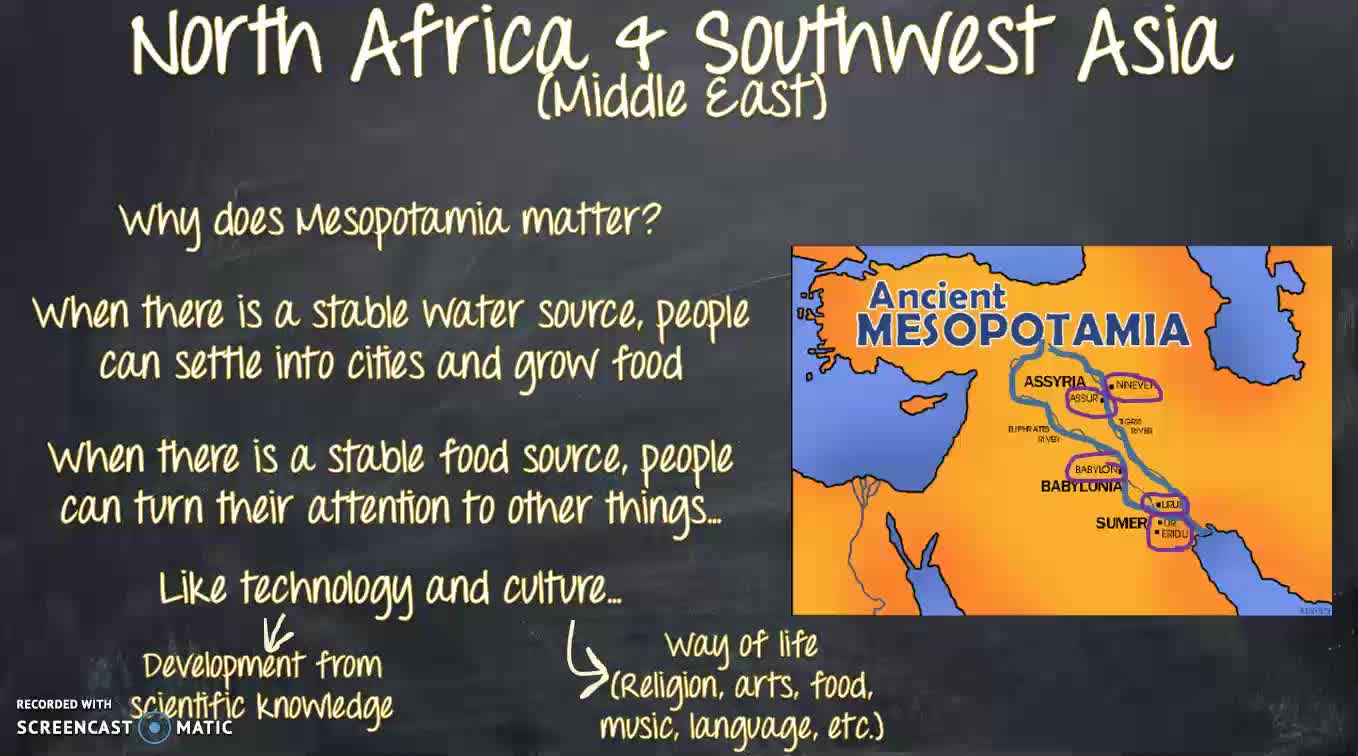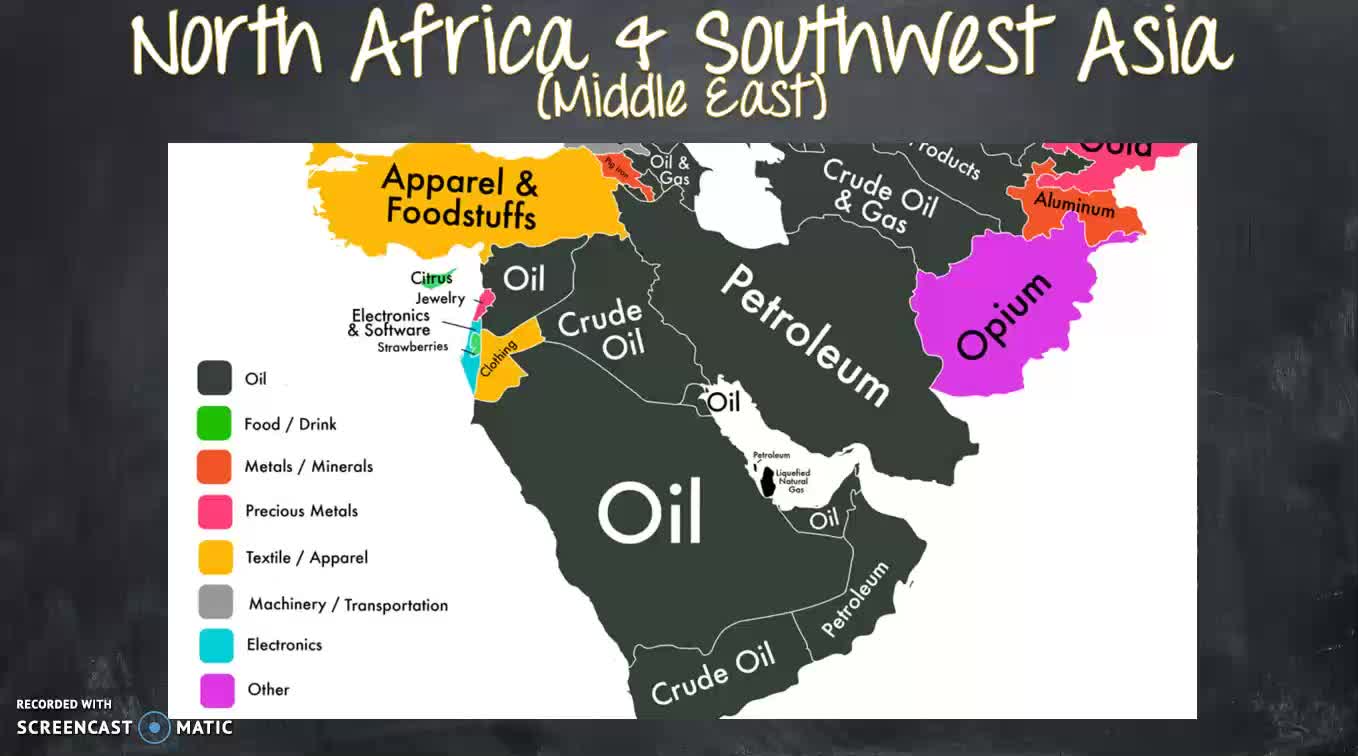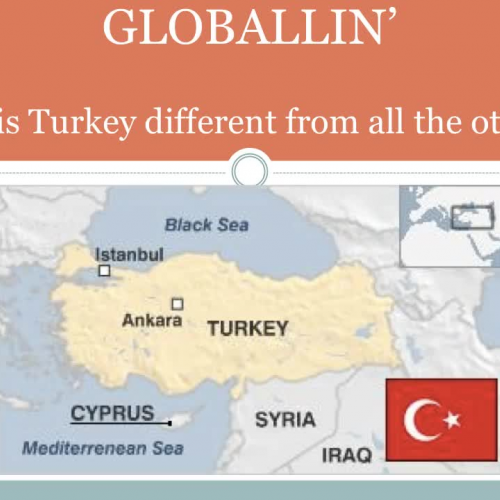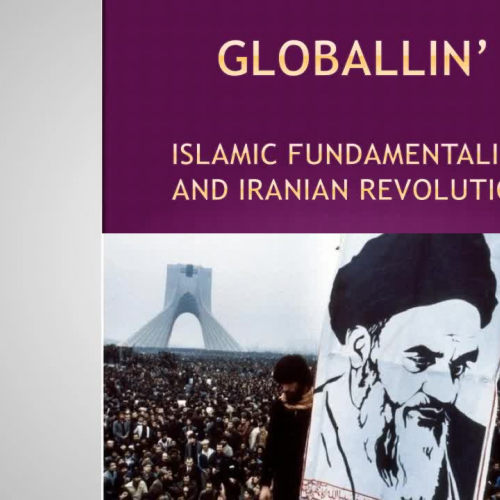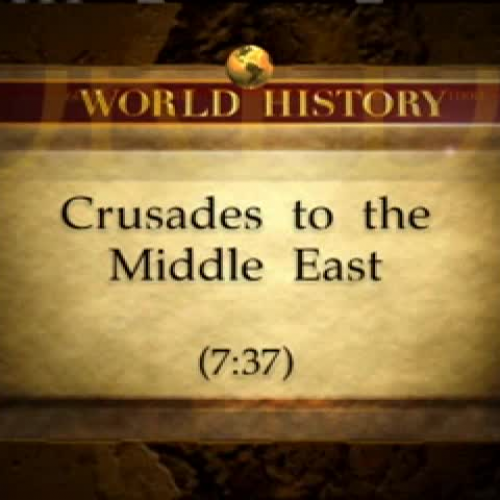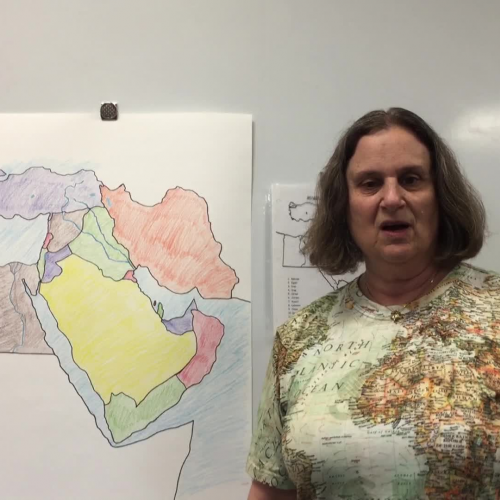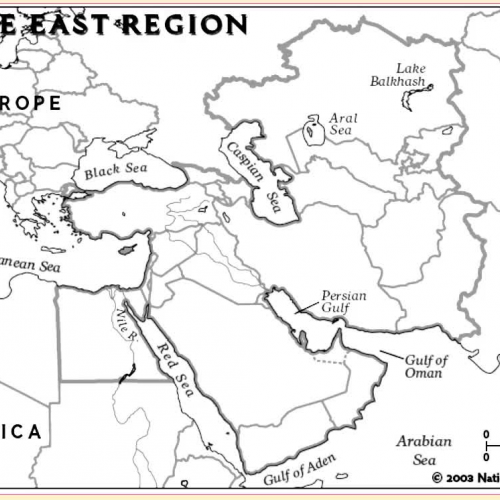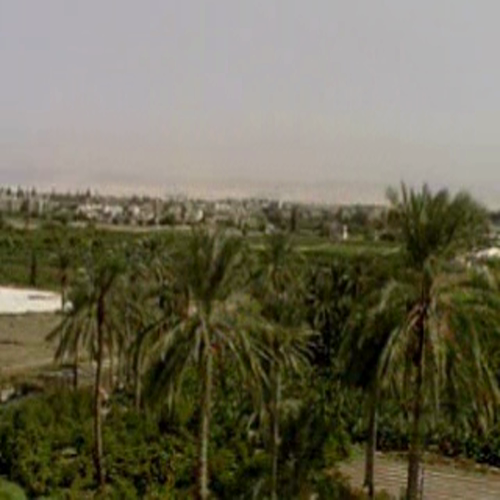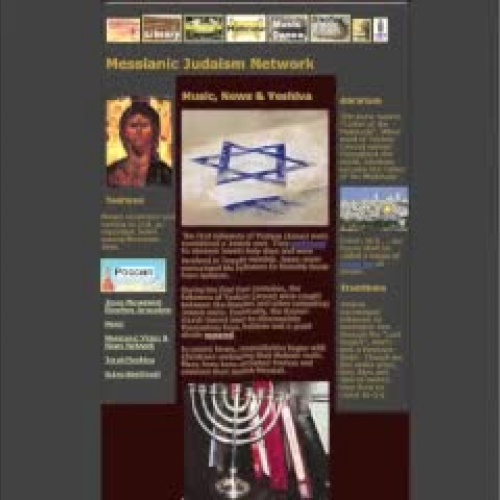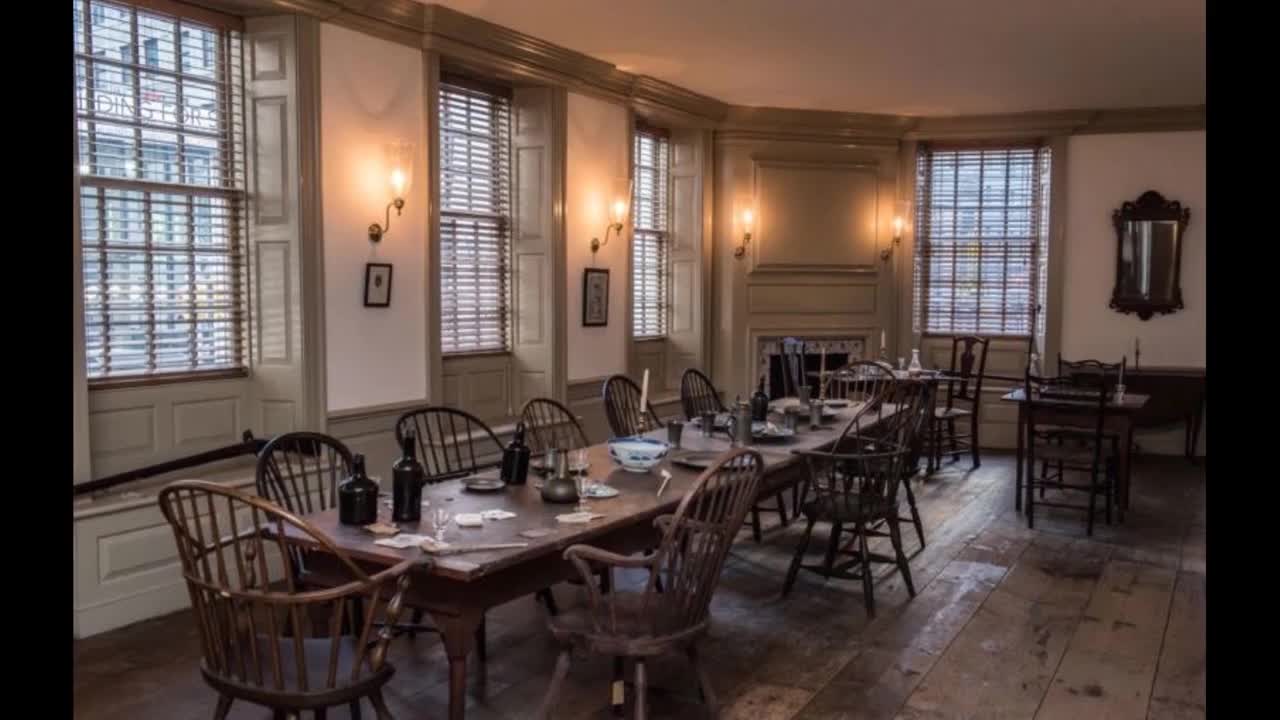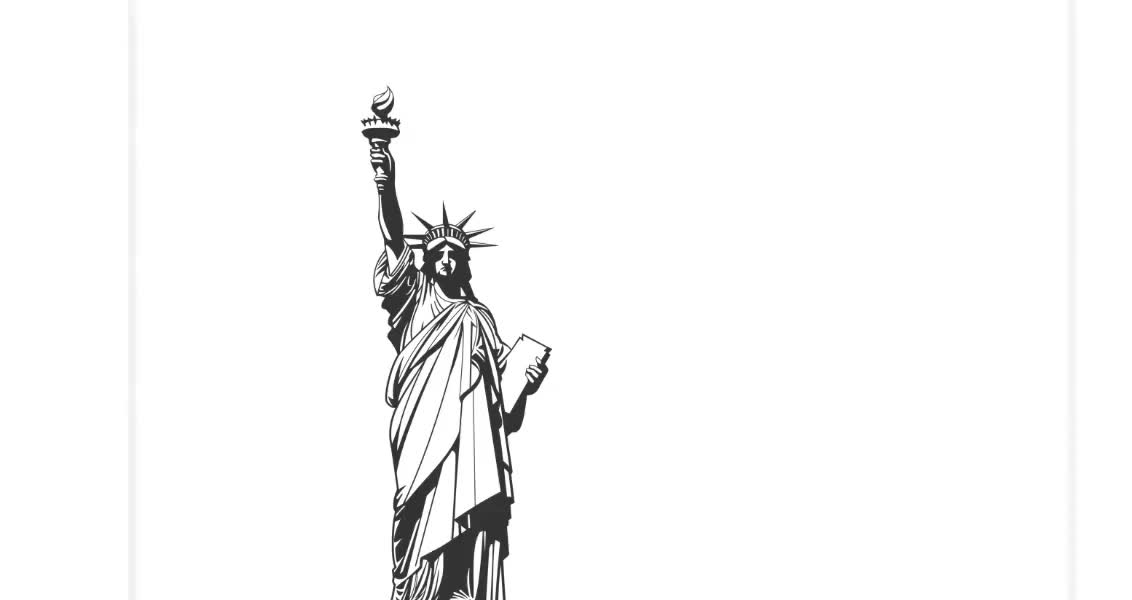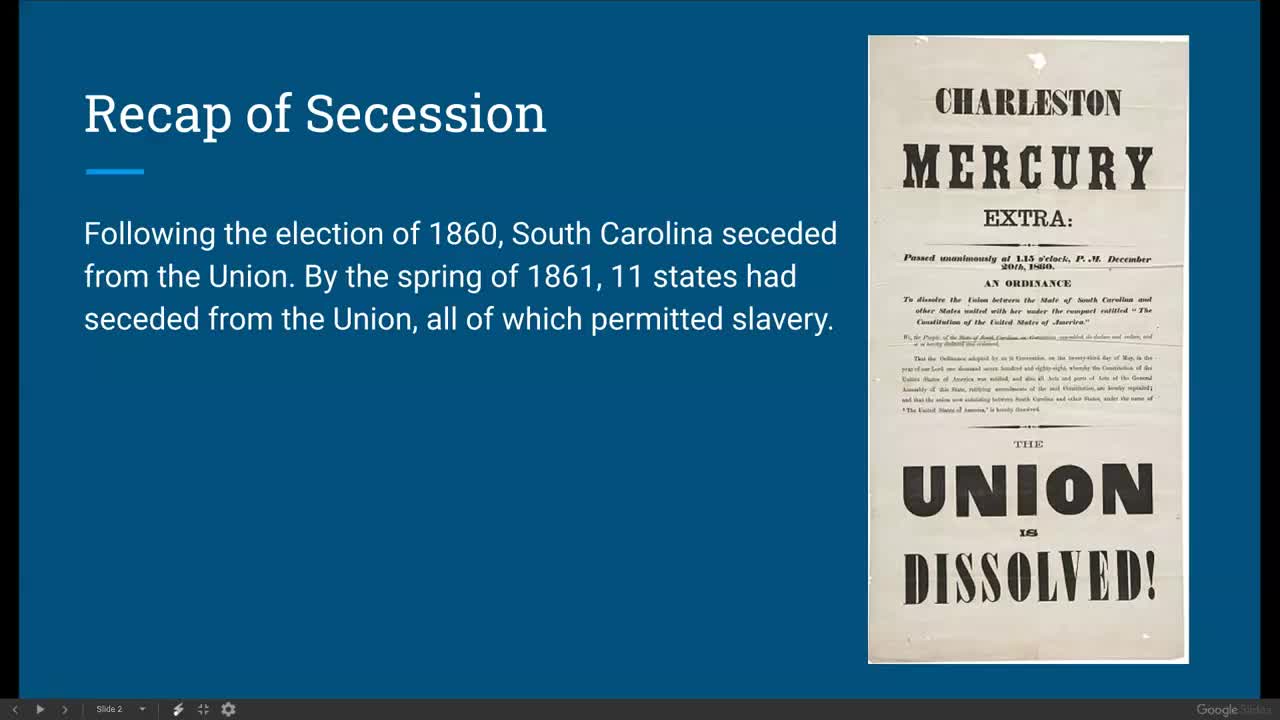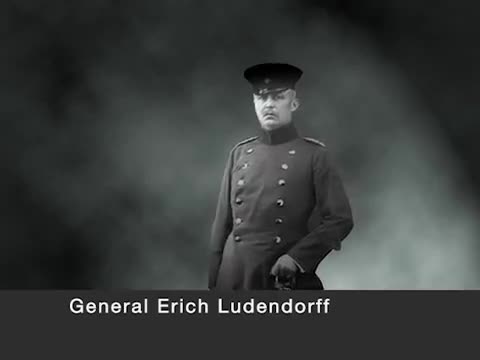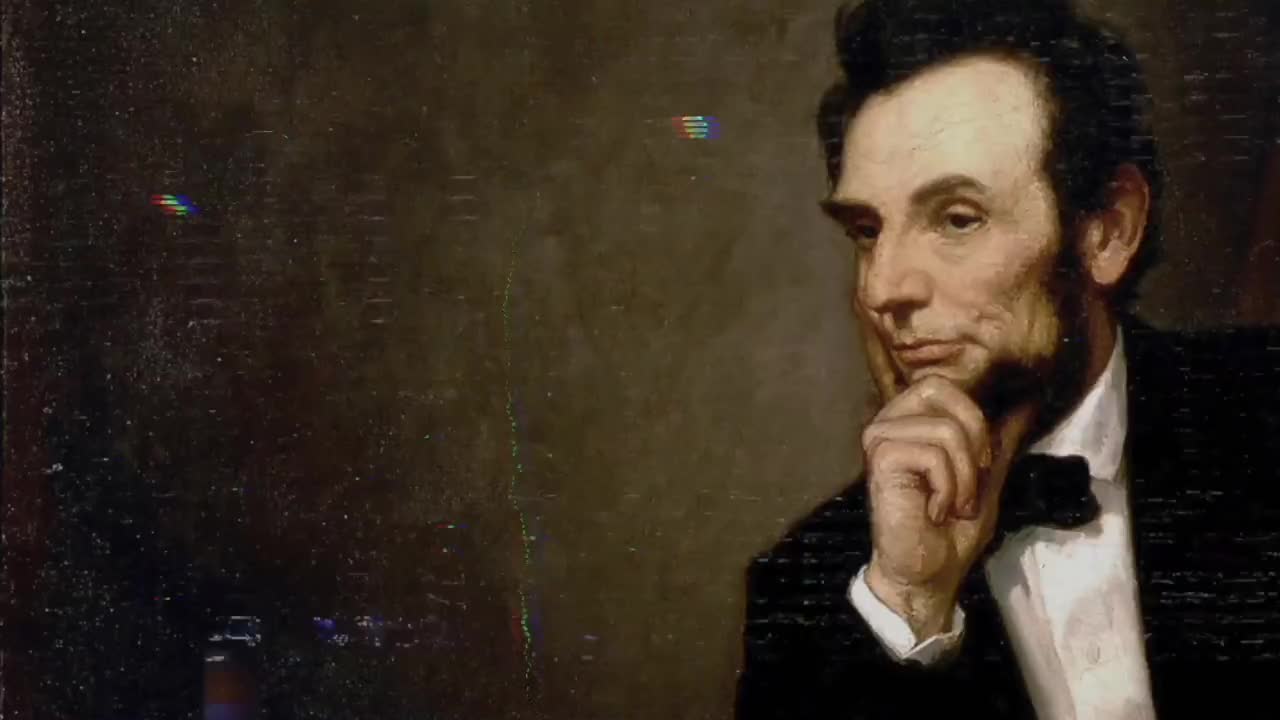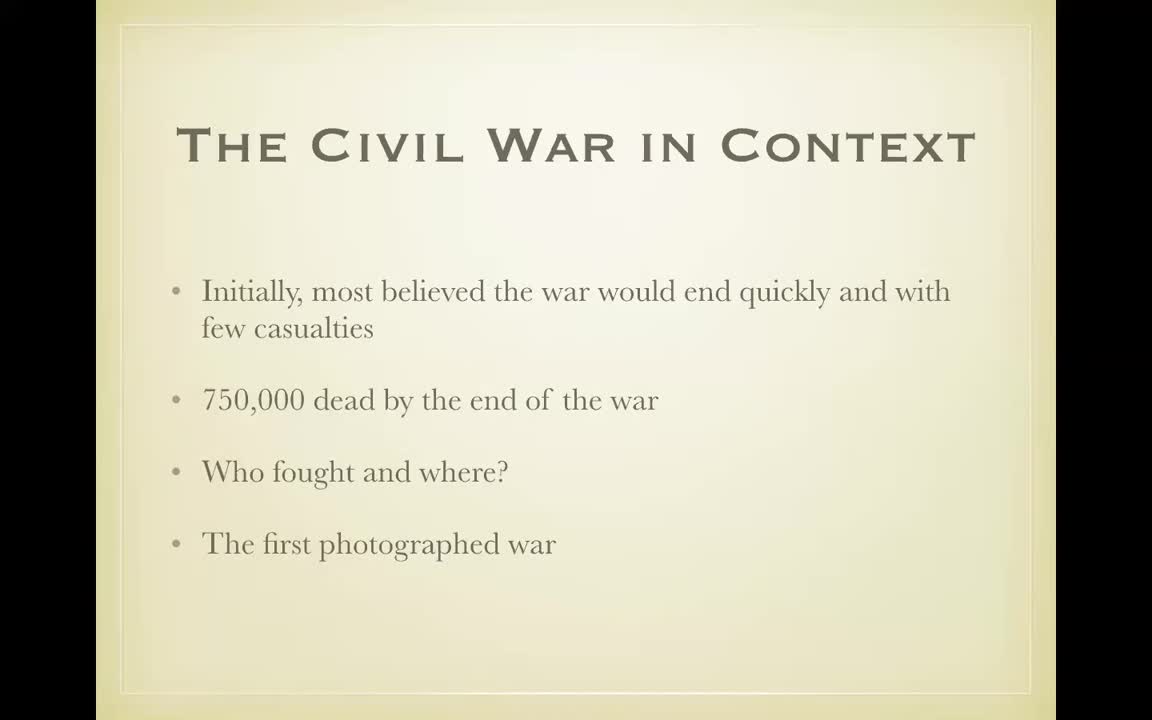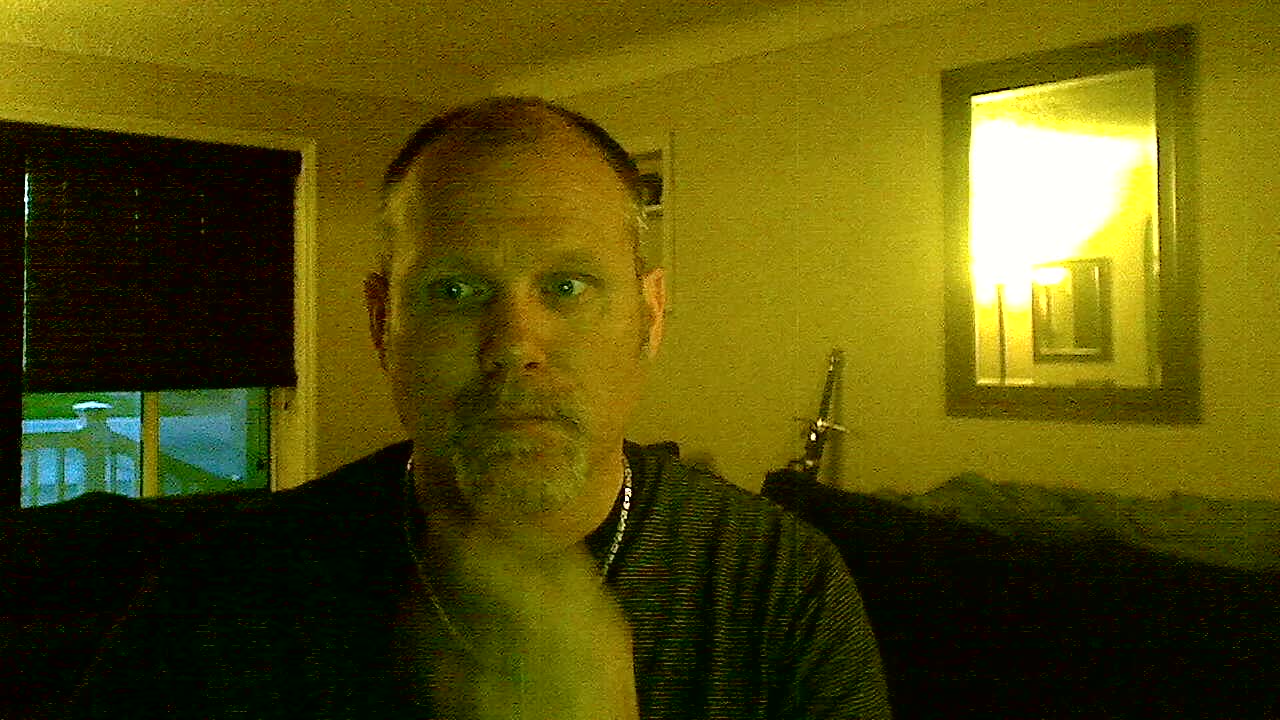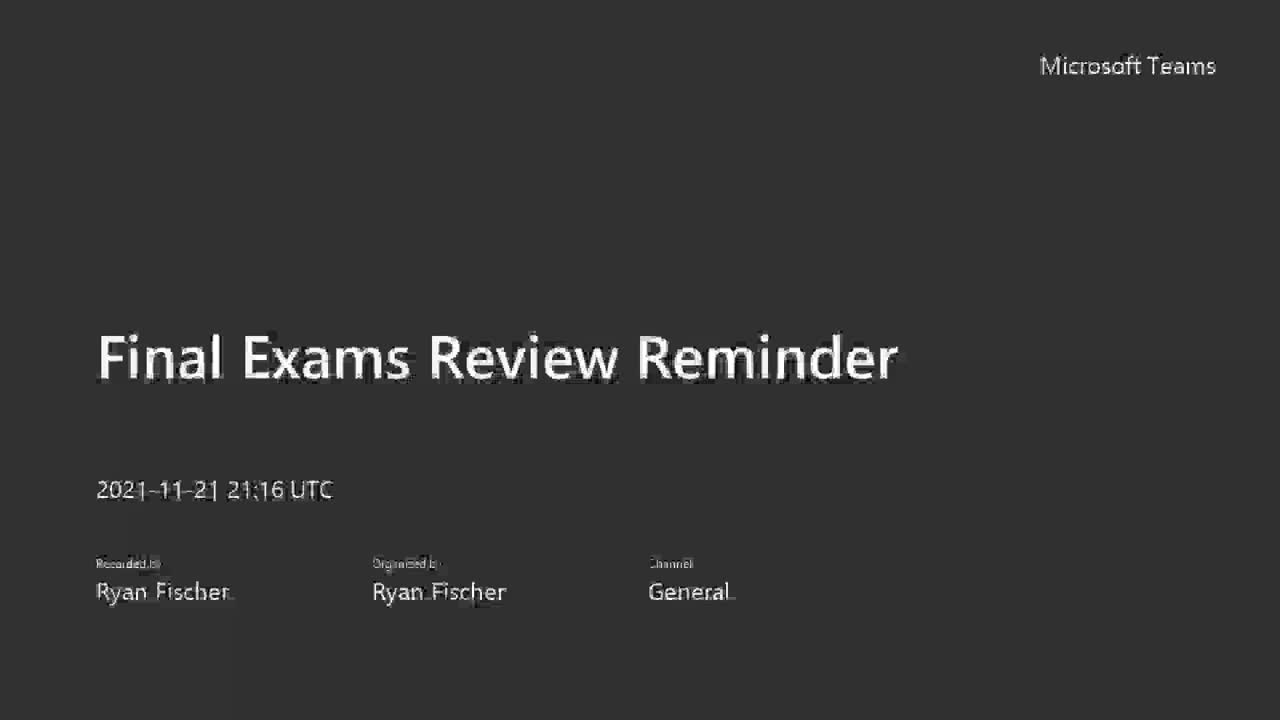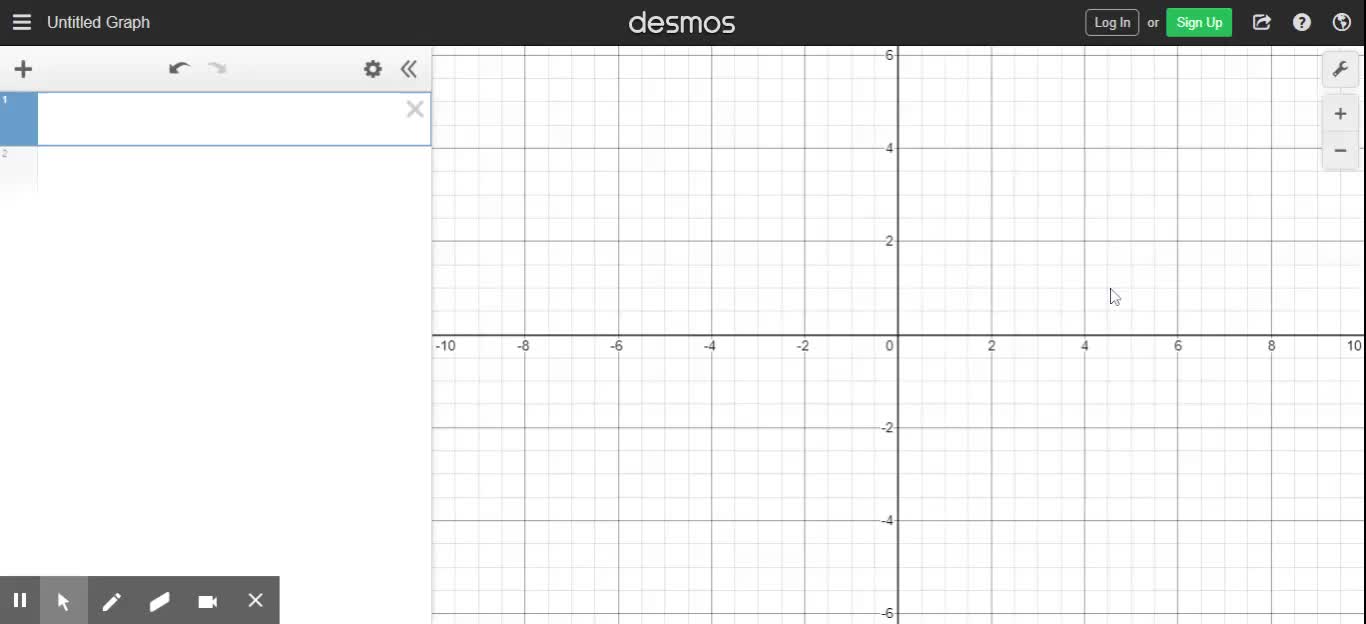MBeran Middle East Review
High School / History / Middle Eastern History
All right, we are wrapping up North Africa and Southwest Asia also known as the Middle East. So let's talk about it. North Africa and Southwest Asia we know is this region of the world between Africa and Asia. I think an easy way to find it one is to find the slug, which is the Red Sea. It or to find the stocking, I think the Arabian Peninsula looks like a Christmas stocking. So there's that too. So that is the Middle East. Climate remember is atypical or average weather over a long period of time, desert is a dry and barren land that is without water or vegetation, and arid is dry or having little or no rain. Okay, so when we look at the Middle East, we know that it is arid. It is dry or having little to no rain. Okay, much, much different than what we experienced here in Houston, obviously. A couple of things we need to highlight here again as we review for our test Egypt. We know we've got Egypt here to the west of the Red Sea, and Egypt is home to the Nile River. So let's talk about that. Denial river for Egypt is life. It is the longest river in the world. And not only does it provide the water that people need, obviously. But it also provides opportunities to grow food, right? Fishing and to grow fruit along the river banks of an hour. Okay, so then I'll river is the longest river in the world, and it provides life you can look in this picture of the farming just beyond the banks of the Nile as desert. That's how, how close you have to be to the now desert or to the Nile River to really take advantage of its benefits. So the Nile River equals level. Let's talk about how that happens. The Nile floods for 6 months every year, leaving behind fertile soil. And canals provide year round water, right? So people would dig these canals and that would bring water from the river to their fields. Right and so then they could grow crops. Same right that's a picture of a long time ago or a drawing long time ago. But the same thing is still happening. You can see in this picture there's a canal that when the water rises rises as it floods, that is going to bring that water to those crops that are around it, okay? So even though this system was developed a long time ago, that's how the Nile River is still used to this day. In ancient Egypt a couple things we want to talk about remember pharaohs were the kings and queens, right, the rulers that were believed to be gods, and because they were held in such high esteem because they were worshiped and respected when they passed on several pharaohs had pyramids built in their honor. And as their tombs, so for would pass away, would be mummified, and then placed in this tomb, right? And then another thing that the Egyptians came up with was hieroglyphics, which was a writing system using pictures. Okay, so all of these pictures stand for different things or different letters, or different sounds. And it was basically how the Egyptians communicated. How do we know? Well, because inside the pyramids and on other artifacts from ancient Egypt, archeologists have found this stuff, and have some way in some cases to be able to break the code on what it all means, okay? In modern day Egypt, you have the Suez Canal, which is a short cut through the Red Sea. You can see in this picture it goes from the Red Sea to the Mediterranean Sea, and it connects Europe to Asia, much like the Panama Canal, the Suez canals a shortcut. It makes the trip to from one place to another way shorter. And it was built from 1859 to 1869, so it was actually built before the Panama Canal. In some ways as a model for the Panama Canal. And it helps transport things like oil a whole lot faster from the Middle East where they have a lot of it to where there's not quite as many or not quite as much things like spices and silks and all kinds of supplies can go from one place to another in a much shorter time. We know if it goes in a much shorter time, it can be sold faster, which means businesses can make more money, which means they could grow faster. Okay, so not only. So that's kind of what it looks like on a mat here it is in person. Again, you can see the desert area around it and then these huge massive ships that are shipping containers going through the Suez Canal from one place to another from the Red Sea to the Mediterranean Sea, and back in their civilization that we're going to talk about is going to be Mesopotamia. So Mesopotamia, remember is in the modern day country of Iraq, the area between and around the Tigris and Euphrates rivers. It was also called the fertile Crescent. But between the tigers and the new three 82 rivers in modern day Iraq is the Mesopotamia or the fertile Crescent. Can you remember fertile means able to grow or produce? And soil means dirt. So in this area between the rivers and around the rivers, fertile soil, dirt that was able to grow things. The people living there the sumerians were able to develop a different systems of agriculture, which is growing crops or raising livestock. So the sumerians, living in Mesopotamia, were able to settle in this area, and grill crops raise livestock. And why does that matter? Well, when there's a stable food source, people can settle into cities and grow food, right? You got the two rivers here, and look at all of these cities that are around the river, okay? So cities are starting to be formed. When there's a stable food source, people can turn their attention to other things, like technology, and culture. Technology, development from scientific knowledge, we usually think of that now as electronics, but that's not always been the newest technology. And culture, way of life, religion, arts, feud, music, language, all those kinds of things that are part of culture that make our families and our communities who they are. If you're too busy growing food and trying to hunt and gather any food you can so you don't starve to death, you don't have a whole lot of time to develop things like art and music. So because they were allowed to live in one place due to these rivers in Mesopotamia. They were able to farm, and grow a stable food source, and they were able to develop other things. Like cuneiform, which is the world's first system of writing. Okay, so Mesopotamia, the sumerians that live there, developed cuneiform, the world's first system of writing is also evidence that the miss paintings have been in the wheel. Right? Like you don't just go out in nature and find a wheel. Somebody's got to make one. And that happened for the first time in Mesopotamia. And then hammurabi's code, which is the first system of written laws, right? All of a sudden you have people living in an area together, right living in cities, and so in is like, okay, we should probably make some rules on how we're all going to do this. And we should probably all follow them, right? So that Tamar Abbey's code from Mesopotamia the first written laws in human history. We are going to move ahead to religions, so let's talk about a few things. In Judaism, you had Abraham, who also had two sons that eventually led to Islam and Christianity, but the founder and father of the faith of Judaism is going to be Abraham, okay? And in Judaism, the belief is that there is one God, right monotheistic, and that U.S. follow his laws, the most famous of which are the ten commandments, but there's a whole lot of other ones. I again, the leader is Abraham, the book is the Torah. The people are Jewish. So if you followed Judaism, you are Jewish and the holy city is Jerusalem. Notice those all have J's, I like alliteration. So Judaism, Jewish, Jerusalem. Okay. Injuries, you've got a couple of holidays. You've got young Kapoor and rasha Shana. And Ross and Shauna is the Jewish new year. So it starts with ten days of reflection and repentance thinking about how you've done and how you can change and do better. And people will traditionally eat apple slices with honey to wish each other a sweet new year, right? Apple slices and honey or BuzzFeed. So they'll use people will gather together and as part of their Russian Shauna feasts will have apple slices to celebrate the new year. Yom kippur is a day of atonement. This is a much more somber holiday. People fast for 25 hours that means going without food and perhaps other things. And you spend the day in prayer asking for forgiveness, promising God that you will change, perhaps asking God for change, you might spend a lot of time at the synagogue, which is the Jewish place of worship. In case you're going to go to this synagogue, you're going to spend time in prayer, asking God to forgive you for the things that you've done wrong, and asking for his help to change in the future. Okay, so you'll notice both of these holidays have a lot to do with personal reflection and changing for the better. Okay, so that's duty. Moving right along to Islam. In Islam, the beliefs is that there's one God in Muhammad is his prophet, notice those both have ems. This is going to be a recurring theme in Islam. The leader is Muhammad, right? So Islam, Muhammad, Muhammad, at the book is the Quran you might see it spelled either way. And sometimes the FC and the apostrophe moved around to, but whereas the Christians have the Bible and the Jewish people have the Torah and some other books and Muslims who are the people who follow Islam have the Quran. And the holy city is mega. Again, notice all those ends, right? Islam, Muhammad, Muslims, Mecca. Those are all going to go together. Remember when we talk about Islam, there are what you call 5 pillars that hold up the house. So shahada? And the Hajj. And we're going to talk about each one of these. But these are the 5 things that hold up the faith of Islam. That's why they're called pillars. The shahada is the declaration of faith. If your Muslim you declare and believe there is no God Allah and Muhammad is his prophet. Hey, saying that doesn't make me Muslim, believing it is what would make someone Muslim, okay? Next is the cot or financial gifts to help the poor, right? That's a part of a lot of religions giving to people who are less fortunate than you. Salah is prayer. We know that Muslims pray 5 times a day facing the city of Mecca, from sun ra at sunrise mid morning, midday, mid afternoon and sunset. Now we know given the position of the sun that actually changes a little 5 minutes every day. So there's apps for that. So Muslims will pray facing the city of Mecca 5 times a day from sunrise to sunset. Sound is fasting, fasting during the daylight of the Islamic month of Ramadan to pray and reflect. One Muslim in San Houston who's fairly famous who always did this was Hakeem olajuwon, who played for the rockets in the 90s, and yep, it's the dream shake again. You want to know where James Harden got it from it's right there. So even when he was playing basketball, this is something that Hakeem olajuwon very much believed in and practice was fasting during the month of Ramadan. And the Hajj, the journey the travel to the city of Mecca to a monument built by Abraham, and the birthplace of Muhammad. So if your Muslim and you're an adult and you are expected, at least once in your life to make this journey, to the city of Mecca. So that is our quick review of the Middle East and thanks for watching.
